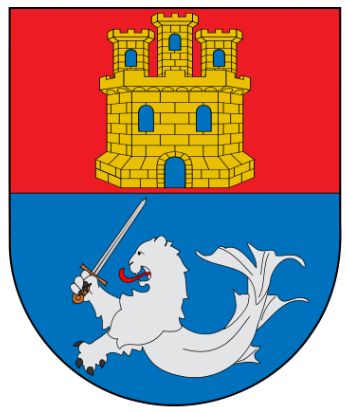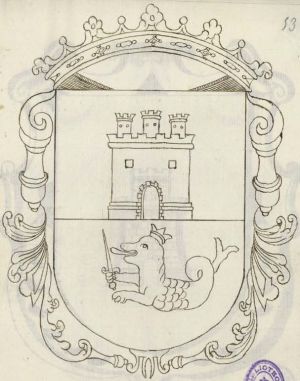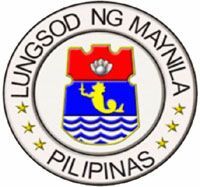Manila: Difference between revisions
Jump to navigation
Jump to search
Knorrepoes (talk | contribs) |
Knorrepoes (talk | contribs) |
||
| Line 20: | Line 20: | ||
|- | |- | ||
|align="center"|[[File:manila2.jpg|center|Arms of Manilla]] <br/>City councellor's badge (19th century, image from Facebook) | |align="center"|[[File:manila2.jpg|center|Arms of Manilla]] <br/>City councellor's badge (19th century, image from Facebook) | ||
|align="center"|[[File:manila3.jpg|center|300 px|Arms of Manilla]] <br/>Image by [[Hugo Ströhl]] | |||
|- | |||
|align="center"|[[File:manilaseal.jpg|center|Arms of Manilla]] <br/>The present seal of the city | |align="center"|[[File:manilaseal.jpg|center|Arms of Manilla]] <br/>The present seal of the city | ||
|} | |} | ||
Revision as of 06:48, 10 February 2022
| Heraldry of the World |
| Philippine heraldry portal |
MANILA
Official blazon
Origin/meaning
The arms were officially granted on May 30, 1596.
The sea lion, en garde, stands for the authority of the City Government as being protective and defensive of Manila's people and territory.
The waves symbolise the Pasig River, a most important landmark whose length and path throughout the city chronicle the beginnings and the progress of Manila's commerce and industry.
The castle symbolizes the Spanish castle, the main structure at the time.
| Image of the original grant of arms |
The arms in a manuscript from 1767 |
| City councellor's badge (19th century, image from Facebook) |
Image by Hugo Ströhl |
| The present seal of the city |
Literature : information from Jude Grupe







